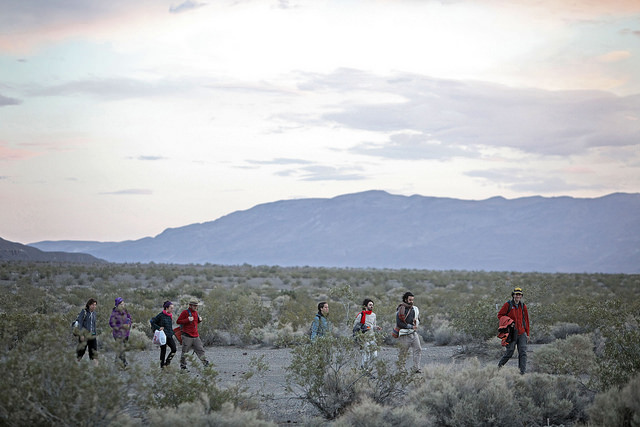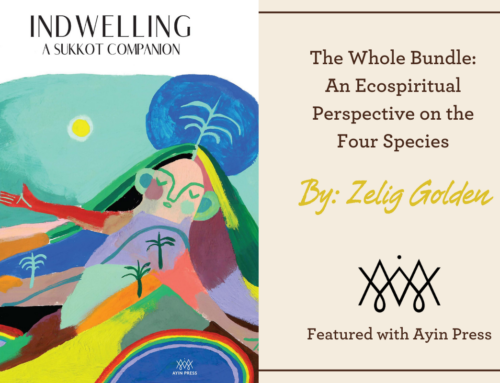Zelig Golden | 25 Tamuz 5769 | July 17, 2009
In this week’s parsha, Mase’ei or “Journeys,” we recount the forty-two stages of our epic journey through the wilderness from the narrows of Egypt to the Promised Land. Then, G-d describes the perimeter of our physical land and gives us our very first rule for how to relate to our land. G-d tells Moses: “Open space all around the cities shall you give to the Levites. The cities shall be theirs for dwelling, and their open space shall be for their animals, for their possessions, and for all the amenities of life.” (Numbers 35:2-3). Later, the Talmud applied this rule to the land of all Israelites.
The Torah uses the Hebrew term migrash to describe this open space. What is a migrash? Some define it as pasture, or functional agricultural land, while other sages such as Onkelos translate it as ‘revah’ — simple, natural space. Either way, it is notable that the first requirement for how we are to settle our land is to carve out a part of the land and preserve it without building or planting on it.
Why did G-d require a migrash? Some argue that it was simply smart urban planning. Rashi dispels this notion, emphasizing that a migrash refers to an area consisting of a permanent open space serving as a place of beauty and respite from the city. Maimonides further expounds on this idea, stating that one may not make a migrash into a city, nor into a cultivated field (Mishna Torah, Zeraim, Laws of Shmita and Yovel 13:4-5).
So, even as we end the long journey through the wilderness and prepare to build our cities, we understand the need to carve out untrammeled space to connect with nature, for there we can find the source of ourselves. As A.D. Gordon, the early labor Zionist explained, “Teshuvah, ‘return’ back to God,’ really means human’s return to nature. This is because teshuvah means going back to one’s point of origin, one’s source, coming back home after a period of absence.”
In our modern world of today, how shall we understand the law of migrash? Considering a historical perspective, we were literally exiled from ‘our’ land and repeatedly displaced from lands for almost two thousand years. Thus we were unable to practice migrash because we were alien people in other people’s lands. Even upon our literal return to ‘our’ land with the return to Israel, we have yet to implement migrash again. Some would say this is because of political and economic realities, which may be true, but on a deeper level I believe that we are currently unable to practice migrash because the mode of exile has become so deeply engrained in each one of us, as Gordon explained, “exile reflects the rift between the Jew and nature.”
Gordon’s perspective resonates with my own, that our inability to practice migrash, and our other land-based covenants such as schmita, is as much a symptom of our physical reality as it is a metaphysical one: “The Jews’ return to their land symbolizes human’s return to nature and cosmos, which is a necessary precondition for one’s regeneration and a Jew’s regeneration in particular and humankind’s regeneration as a whole.” Thus, it is my prayers that on whatever land we reside, may each of us end the journey of exile and begin to repair the rift between nature and us so that we may fully return to ourselves.






